Welcome to our nougat factory in the province of Alicante. Known for its long tradition in the elaboration of Christmas sweets. Here you will find a wide selection of high quality nougat, made with natural and carefully selected ingredients.
Contenido
ToggleBuy nougat from Alicante
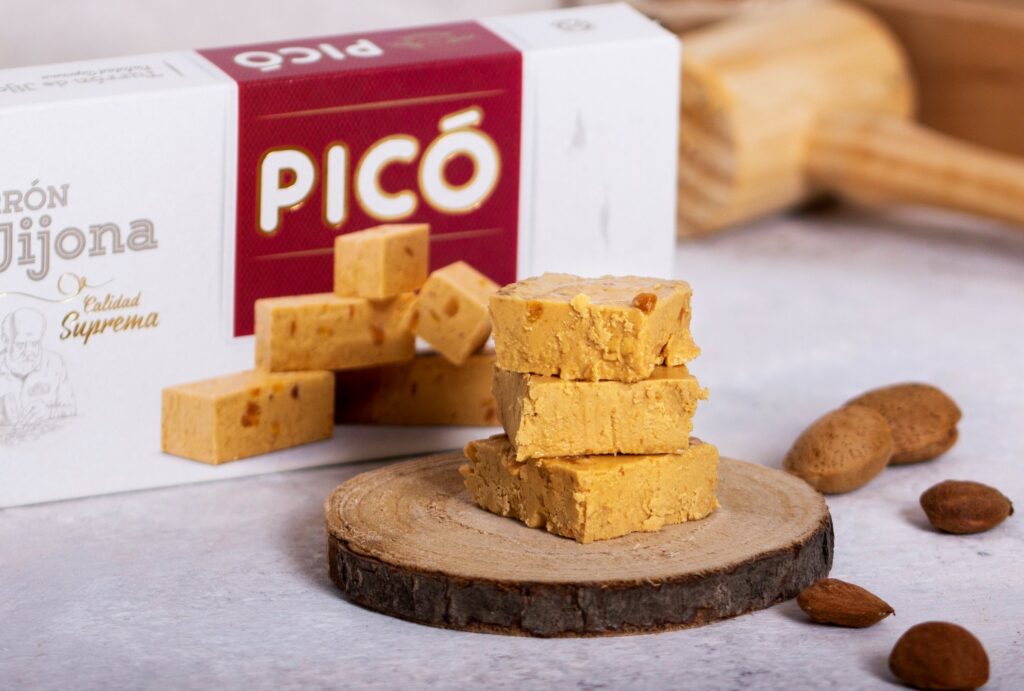
Picó Nougat
Picó nougats are a brand of artisan nougats produced in the Marina Alta region. For more than 90 years they have been making high quality nougats, using natural ingredients and following traditional recipes. Picó nougats are characterised by their intense and authentic flavour.
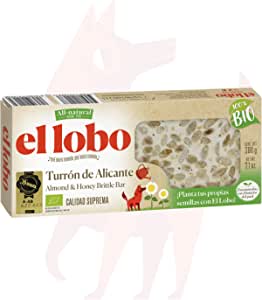
El Lobo nougat
El Lobo nougats are characterised by their smooth, creamy texture and intense, authentic flavour. Among the brand’s most popular turrones are Turrón de Jijona, made with ground almonds and honey, and Turrón de Alicante, made with whole almonds and caramelised honey.
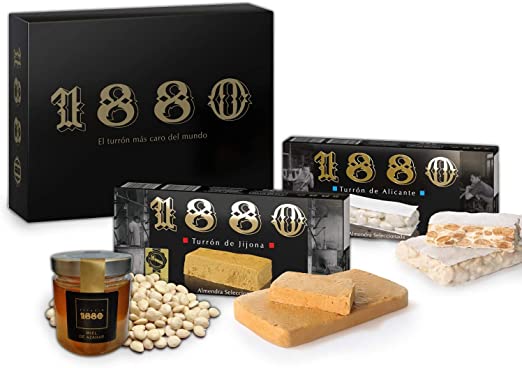
Nougat 1880
1880 nougats are characterised by their quality and elegance, from their presentation to their flavour. The brand has a wide variety of high quality nougats, with different textures and flavours to satisfy the tastes of each consumer. Among the brand’s most popular turrones are Turrón de Jijona, made with ground almonds and honey, and Turrón de Alicante, made with whole almonds and caramelised honey.
More information about Marina Alta
La Marina Alta is a region located in the province of Alicante, in the Valencian Community, Spain. This region is known for its long tradition in the production of high quality nougat, thanks to its Mediterranean climate and the abundance of almond trees in the area.
The nougats of the Marina Alta are handmade, using natural ingredients and following traditional recipes that have been passed down from generation to generation. Among the most popular Nougat in the area are Turrón de Jijona, made with ground almonds and honey, and Turrón de Alicante, made with whole almonds and caramelised honey.
In addition to the classic nougat, innovative turrones are also made in the Marina Alta region, such as Chocolat with Milk and Almonds Nougat or Dark Chocolate Nougat with Orange. It is also common to find nougat with dried fruits, such as Toasted Yolk Nougat or Fruit and Nut Nougat.
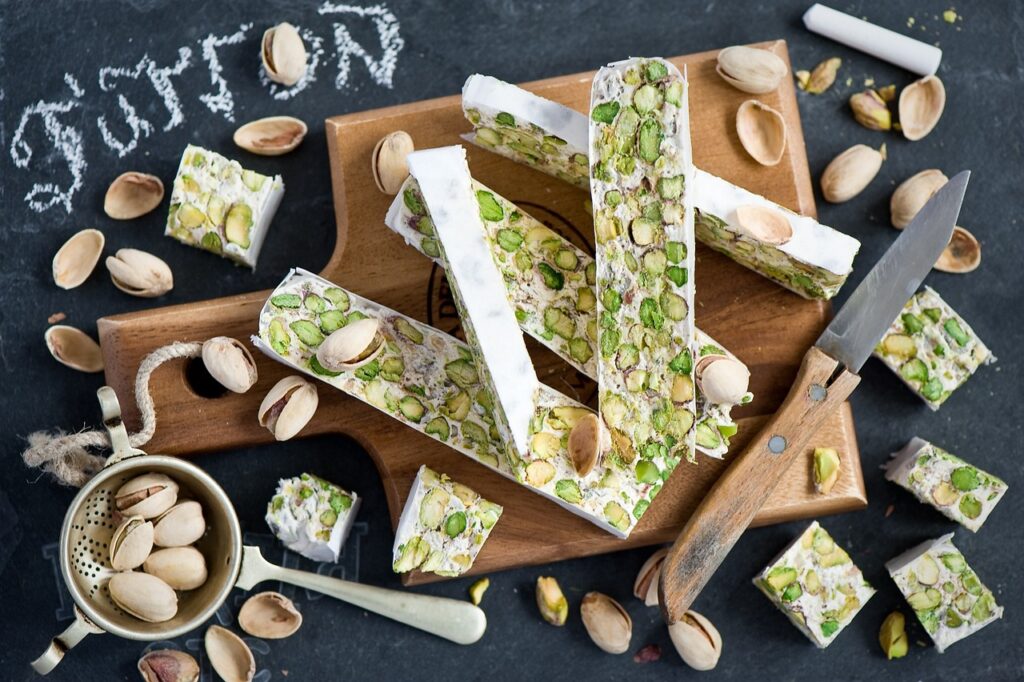
Other nougats from the province of Alicante
In the Marina Alta region there are several brands of high quality nougat, among which are the following:
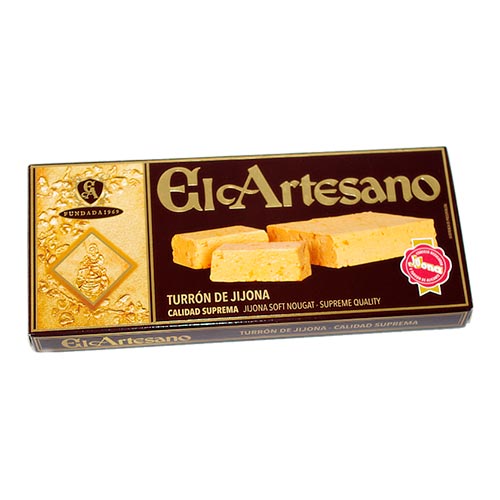
– Turrones el Artesano:
This brand of nougat was founded in 1938 in the town of Alcoy. Its nougats are made using traditional methods and natural ingredients, and its range includes Turrón de Jijona and Turrón de Alicante.
– Turrones San Andrés:
This is a family company founded in 1929 in the town of Alcoy. Its turrones are made using traditional methods and high quality ingredients, and its products include Turrón de Jijona, Turrón de Alicante and Turrón de Chocolate con Almendras.
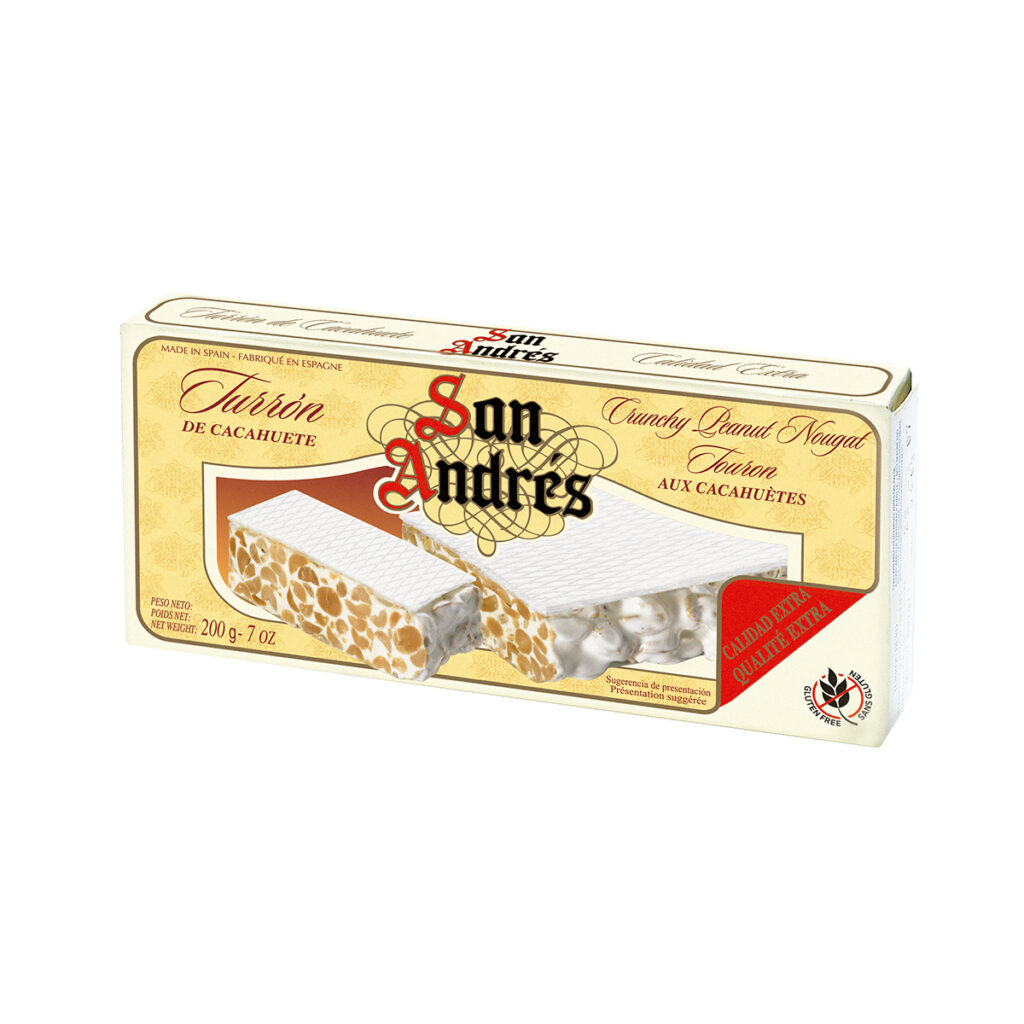
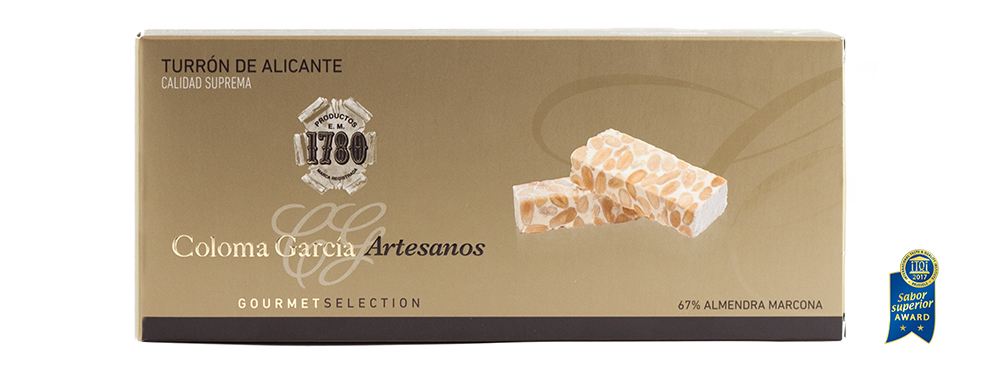
– Coloma García Artesanos del Turrón:
This is a family business that has been making handmade turron in the province of Alicante for several generations. They are dedicated to the production of traditional nougat such as Jijona nougat and Alicante nougat, using high quality ingredients and artisan techniques.
– Galiana:
This brand from Alicante specialises in the production of nougat and other typical Spanish sweets. Galiana is known for its turrón de Jijona and turrón de Alicante, as well as other varieties such as chocolate turrón, coconut turrón, among others.
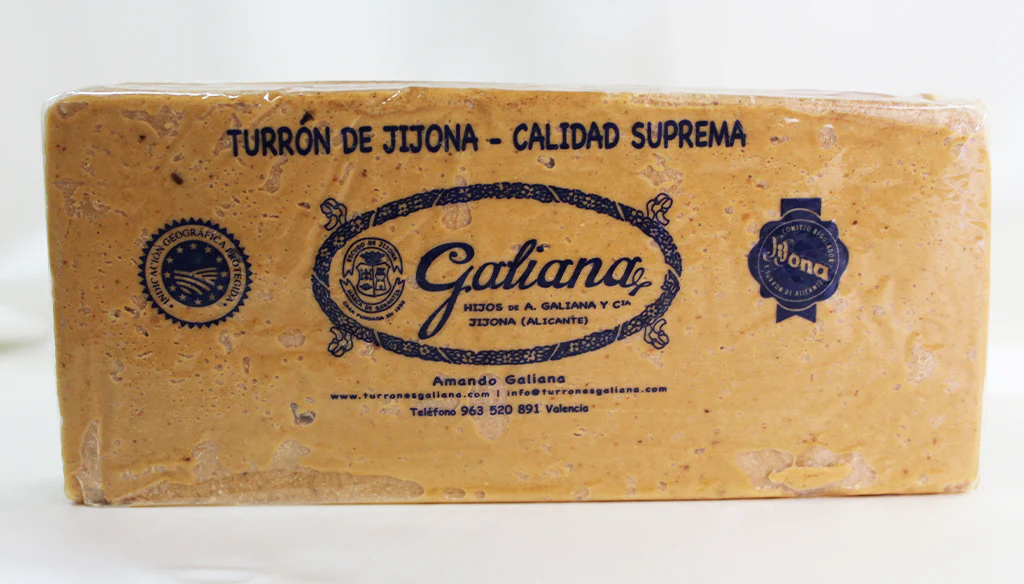
All these nougat brands are renowned for their quality and tradition in the production of handmade nougat, using natural ingredients and following traditional recipes that have been passed down from generation to generation.
Nougat Production
The nougat made in the province of Alicante follows traditional methods that have been handed down from generation to generation. Although the processes may vary slightly depending on the manufacturer and the specific recipe, the following is a general description of how turrones are made in the province of Alicante:
1. Mixing of ingredients:
The basic ingredients for making turrones are almonds, honey and sugar. First, the almonds are lightly roasted to bring out their flavour and aroma. Then, they are mixed with honey and sugar in an appropriate proportion according to the specific nougat recipe.
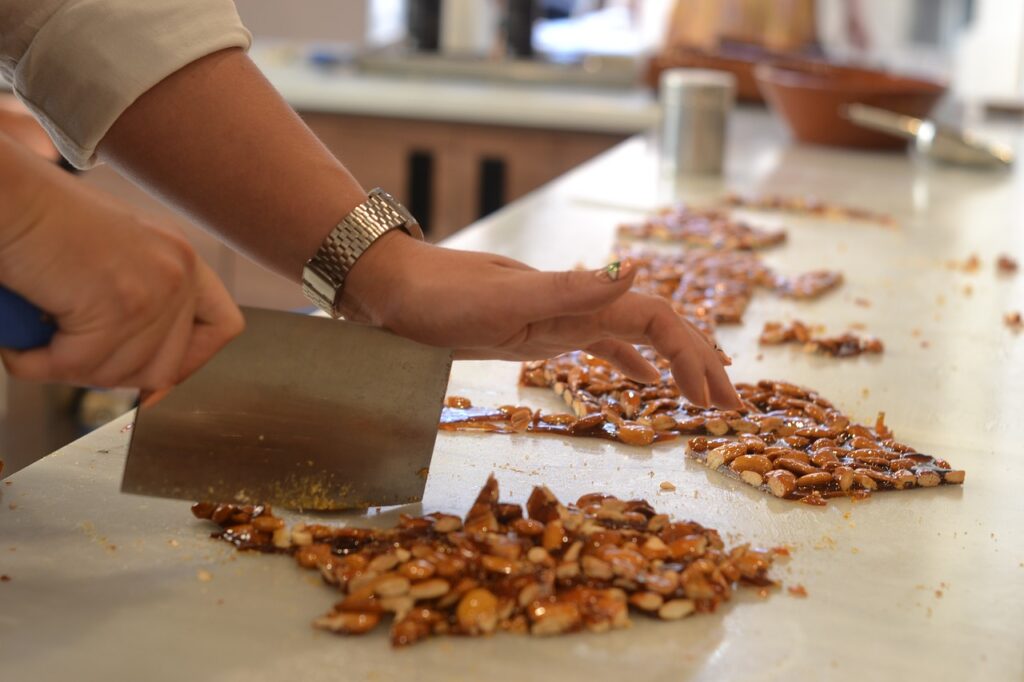
2. Baking:
The mixture of almonds, honey and sugar is simmered in large copper pots or cauldrons. During cooking, it is stirred constantly to ensure that the ingredients are well mixed and reach the right consistency.
3. Moulding:
Once the mixture of almonds, honey and sugar has reached the right consistency, it is poured into moulds lined with obulato paper, which is an edible paper made from rice starch. The mixture is pressed with a press to compact it and give it the typical nougat shape.

4. Cooling and resting:
The nougats are left to cool and rest for several hours or even days, depending on the recipe and the type of nougat. During this time, the flavours settle and the nougat acquires its characteristic texture.
5. Cutting and wrapping:
Once the nougats have rested sufficiently, they are cut into individual portions and wrapped in cellophane or brown paper for presentation and sale.
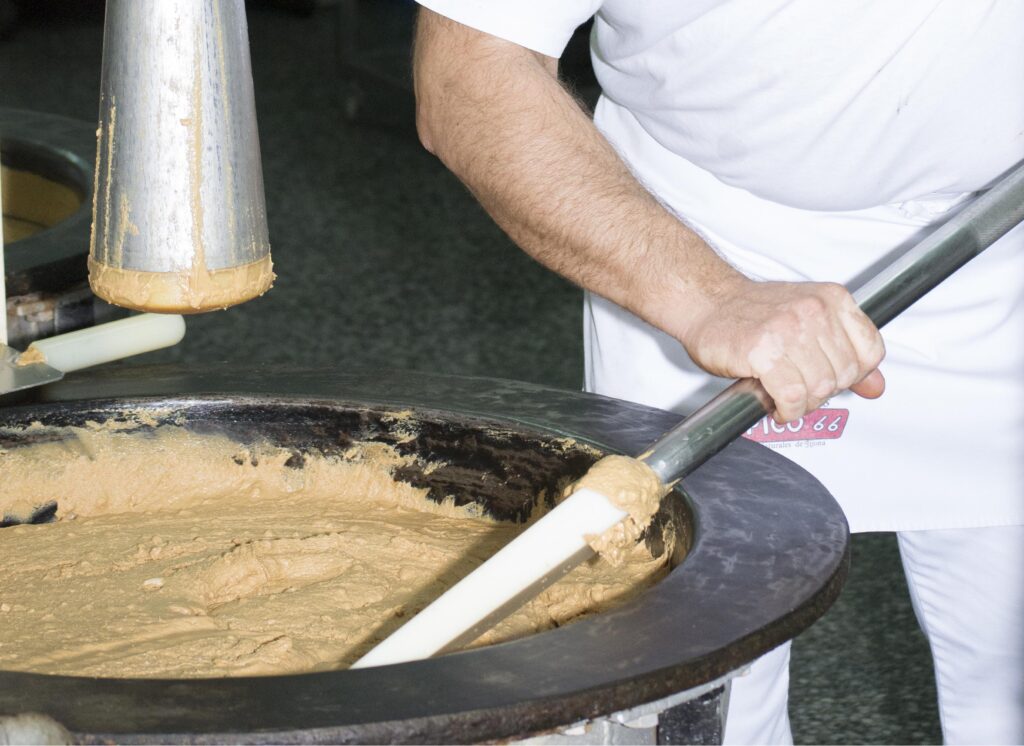
It is important to note that the production of turrones in the province of Alicante is mostly handmade, which means that the processes may vary slightly from one manufacturer to another and that great care is taken over the quality of the ingredients used.
Types of Nougat
There are several types of nougat, each with its own unique characteristics and flavours. Some of the most common types of nougat are:
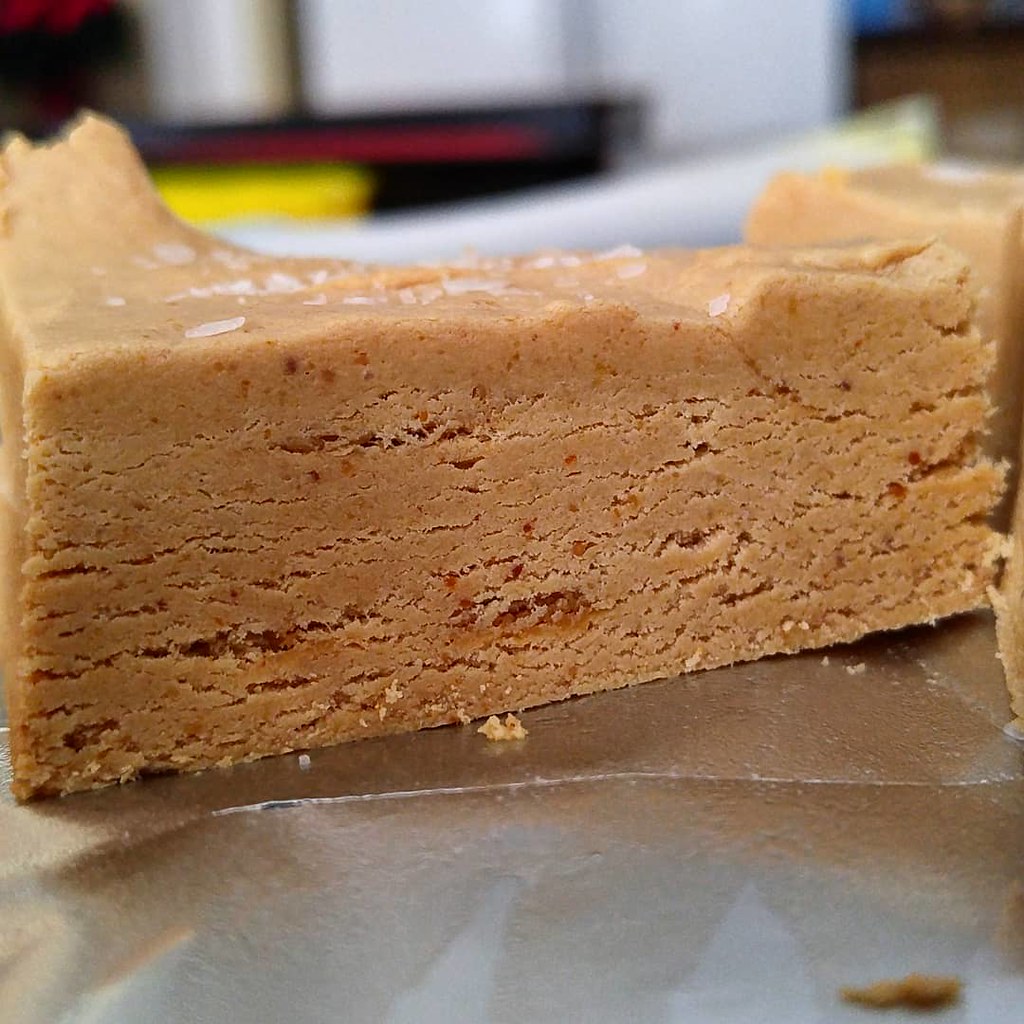
-Turrón de Jijona:
Also known as “soft nougat”, this is one of the most popular nougats. It is made with a mixture of ground almonds, honey and sugar, and has a smooth, creamy texture. It is usually presented in a rectangular shape and is cut into individual portions.
-Turrón de Alicante:
Also known as ‘turrón duro’, it is made with whole almonds or pieces of almonds, honey and sugar. It has a harder and crunchier texture compared to turrón de Jijona, and is presented in the form of tablets that are broken into individual pieces.
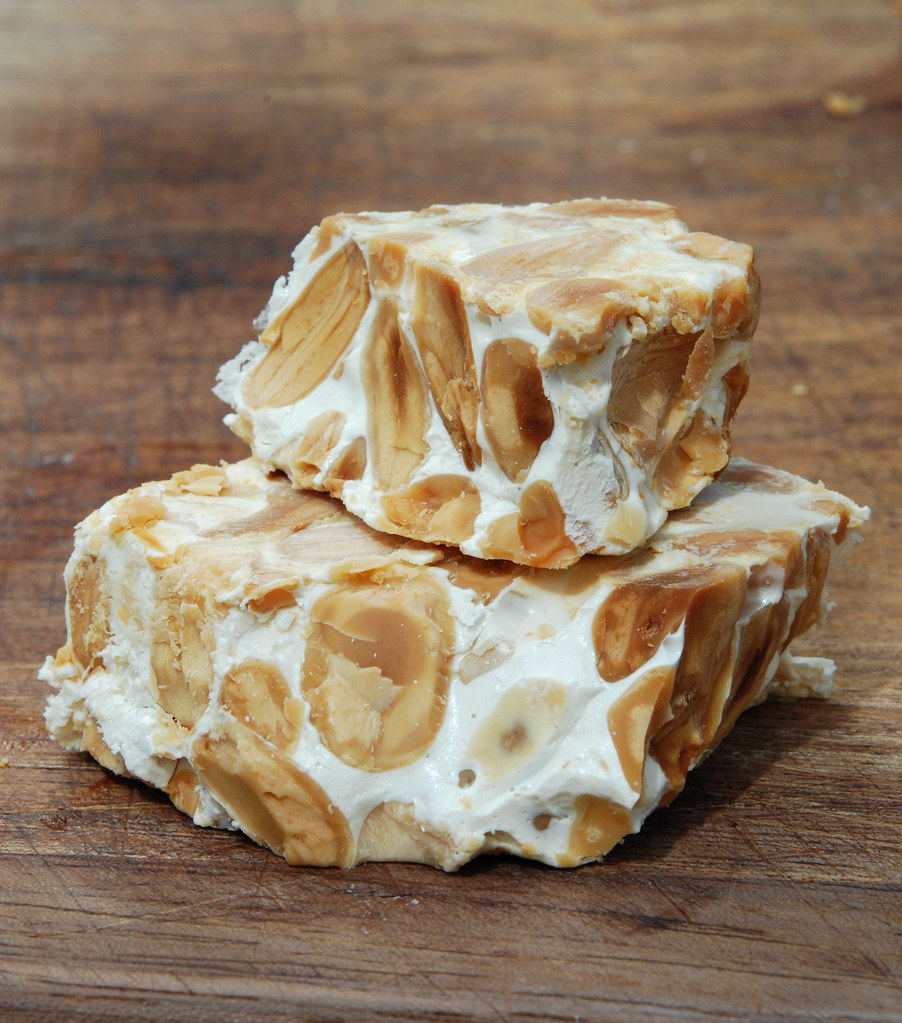
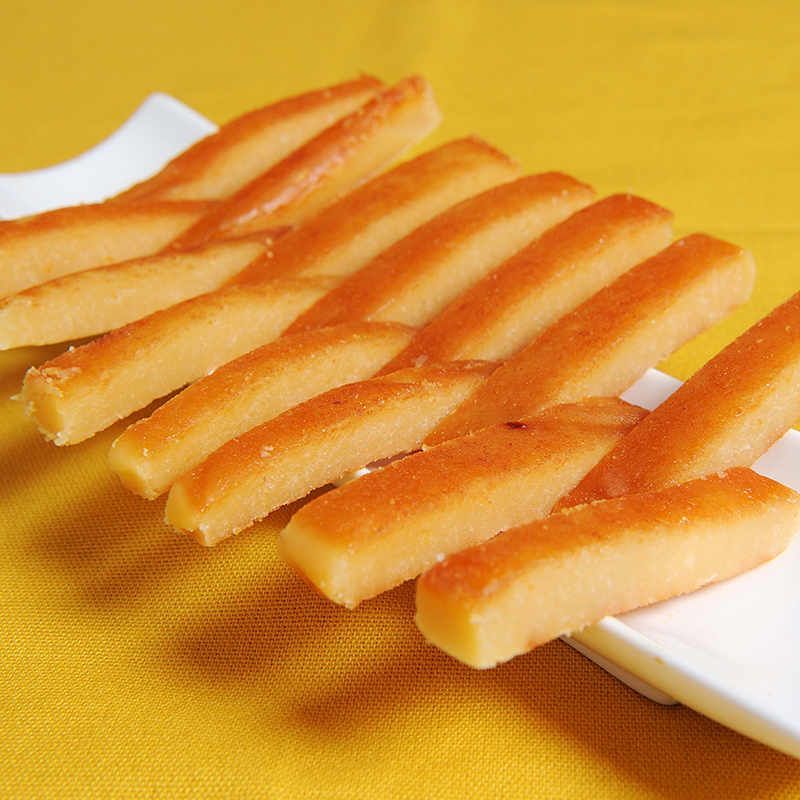
-Yolk nougat:
A type of nougat made with egg yolks, sugar and almonds. It has a soft and delicate texture, and its flavour is sweet and creamy.
-Chocolate nougat:
This type of nougat is made with chocolate, almonds and other ingredients according to the specific recipe. It can have different varieties, such as dark chocolate nougat, milk chocolate nougat or white chocolate nougat.
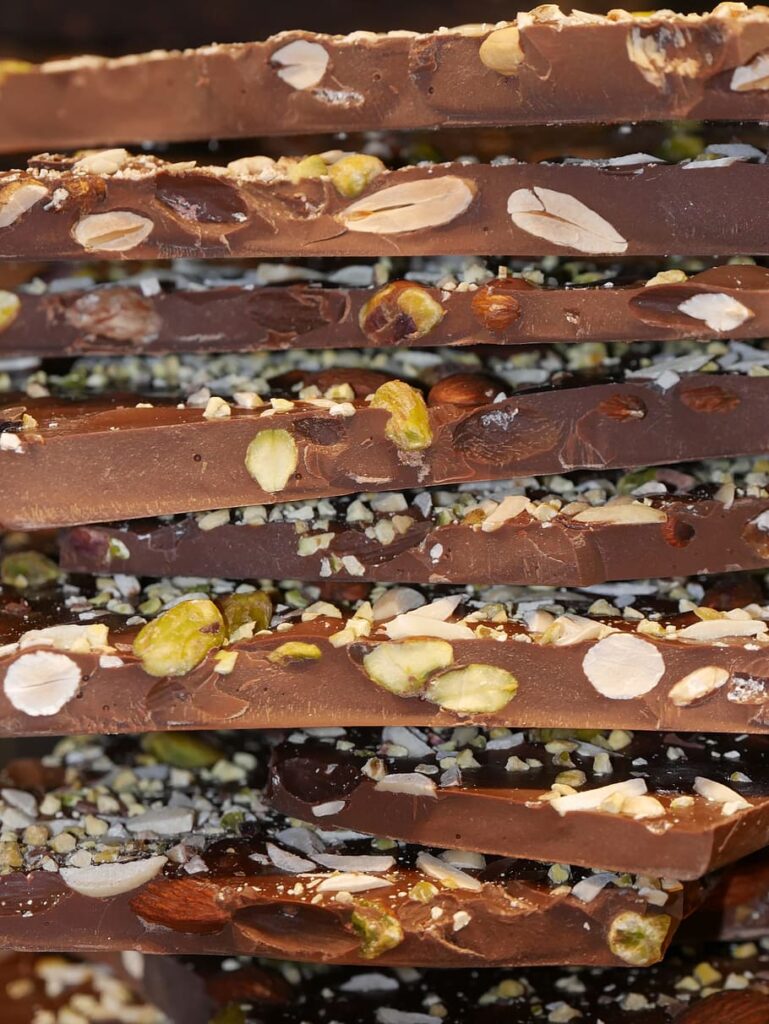
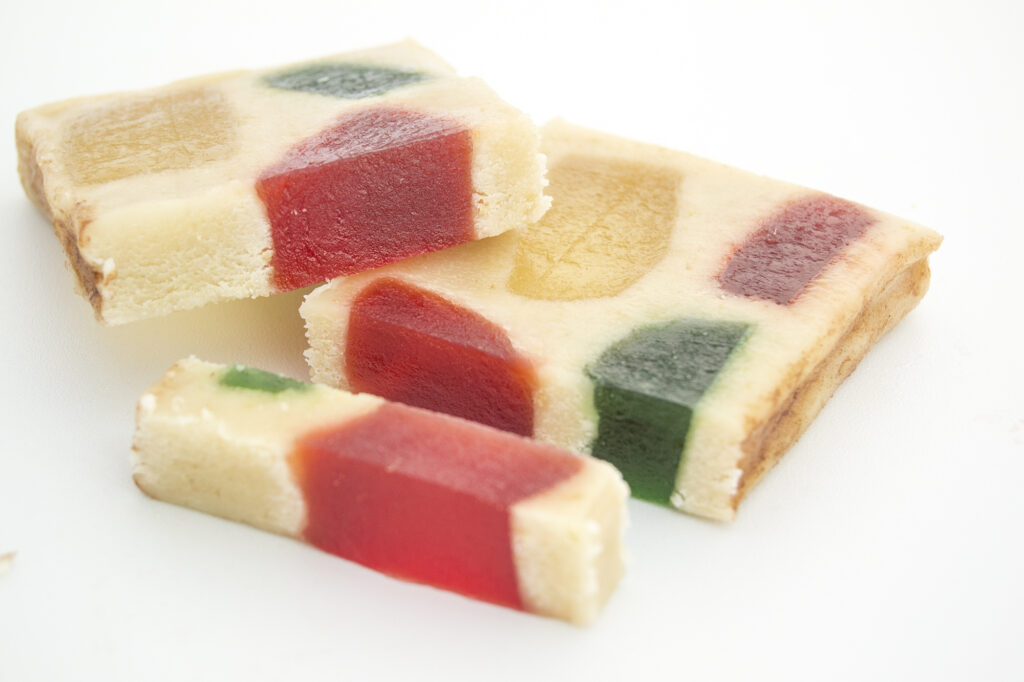
-Fruit nougat:
This type of nougat is made with candied fruits, such as oranges, lemons, citrons, and sometimes almonds are also added. It has a softer and juicier texture, and its flavour is bittersweet.
-Nougat:
It is made with almonds, honey and sugar, and is characterised by its crunchy texture due to the caramel formed by cooking the sugar with the honey. Sometimes sesame or other ingredients are also added.
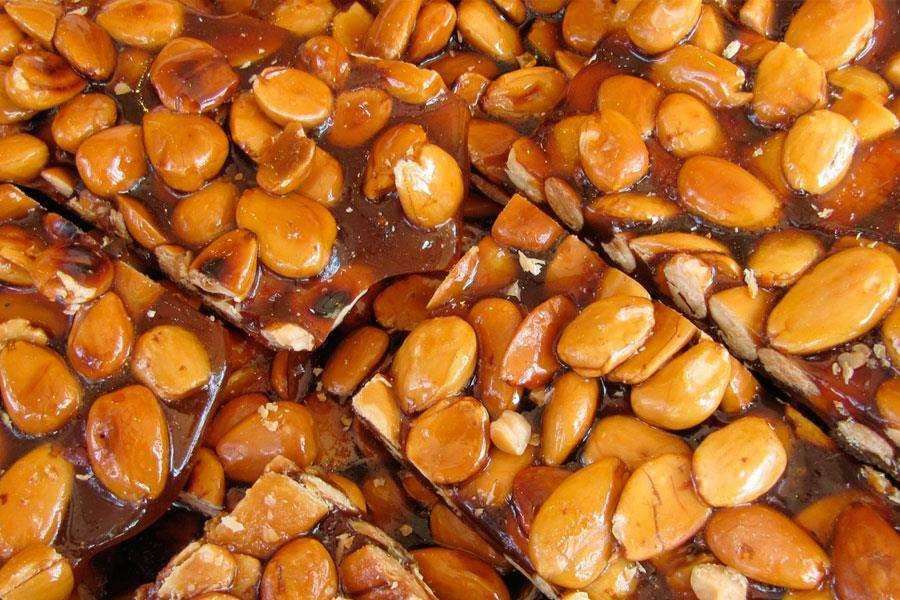

-Coconut nougat:
This type of nougat is made with grated coconut, sugar and other ingredients according to the recipe. It has a sweet and exotic taste, and its texture can vary from smooth to more compact.
These are just a few examples of the different types of nougat that exist. Each region or country may have its own specific nougat varieties and recipes, which makes the variety of nougats wide and delicious.
Frequently Asked Questions
Soft nougat, also known as Jijona nougat, has a smooth and creamy texture, while hard nougat, also known as Alicante nougat, has a harder and crunchier texture due to the presence of whole almonds or pieces of almonds.
Turron should be stored in a cool, dry place, preferably in an airtight container to avoid the absorption of moisture, which can affect its quality and texture.
Turron is a traditional sweet that is believed to have originated in the Iberian Peninsula, especially in the Alicante and Jijona region of Spain. It is also made in other countries with different variations and names.
Some nougats may contain gluten if gluten-containing ingredients are used in their production, such as in chocolate nougats containing biscuits or in candied fruit nougats containing wheat glucose syrup. It is therefore important to read labels and look for gluten-free options if you are on a gluten-free diet.
Nougat has a long shelf life due to its high sugar and almond content, which helps to preserve its freshness. However, it is advisable to follow the manufacturer’s instructions on the label to determine the specific expiry date.
Yes, nougat can also be made at home using traditional recipes or creative variations. Making homemade nougat can be a fun and rewarding activity, but it requires careful following of recipe instructions and consideration of food safety measures.
In addition to the classic almond nougat, there are many other varieties of nougat, such as chocolate nougat, fruit nougat, coconut nougat, egg yolk nougat, nougat with nougat brittle, among others. Each has its own unique taste and texture.
Nougat is high in sugar due to its honey or sugar content, and may not be suitable for people with diabetes or who need to control their sugar intake. It is important to consult a doctor or dietician before consuming nougat if you have a medical condition that requires dietary restrictions.
